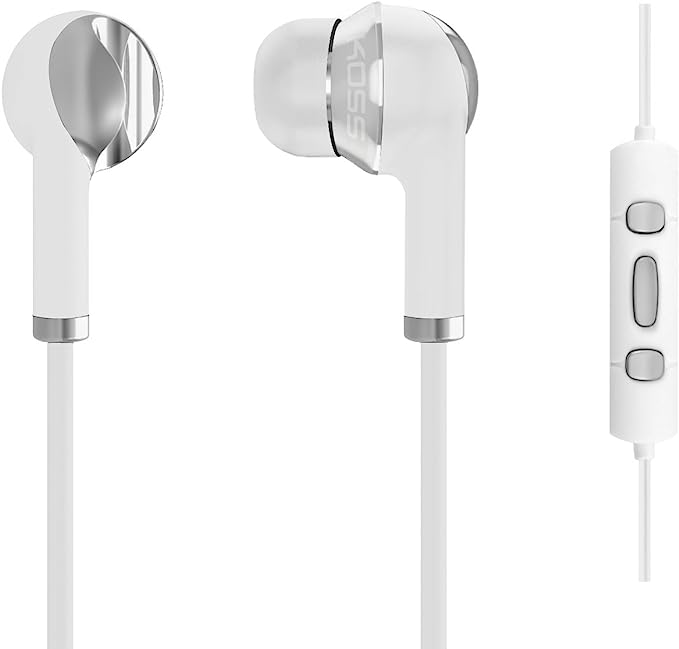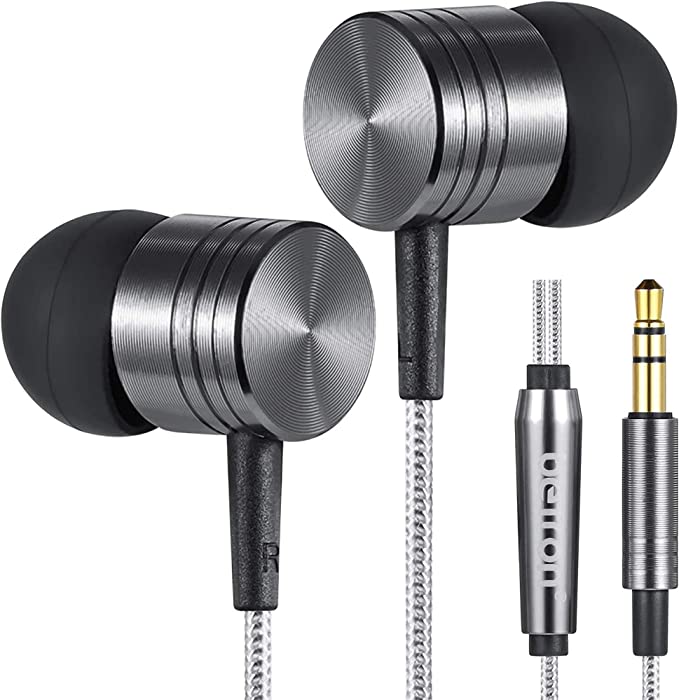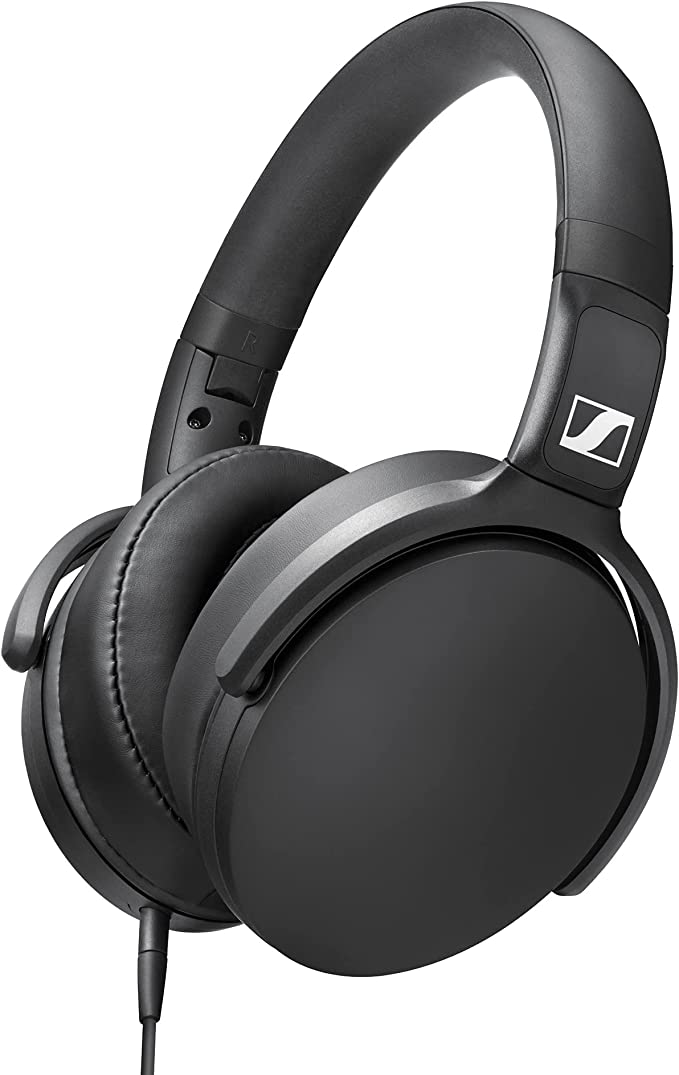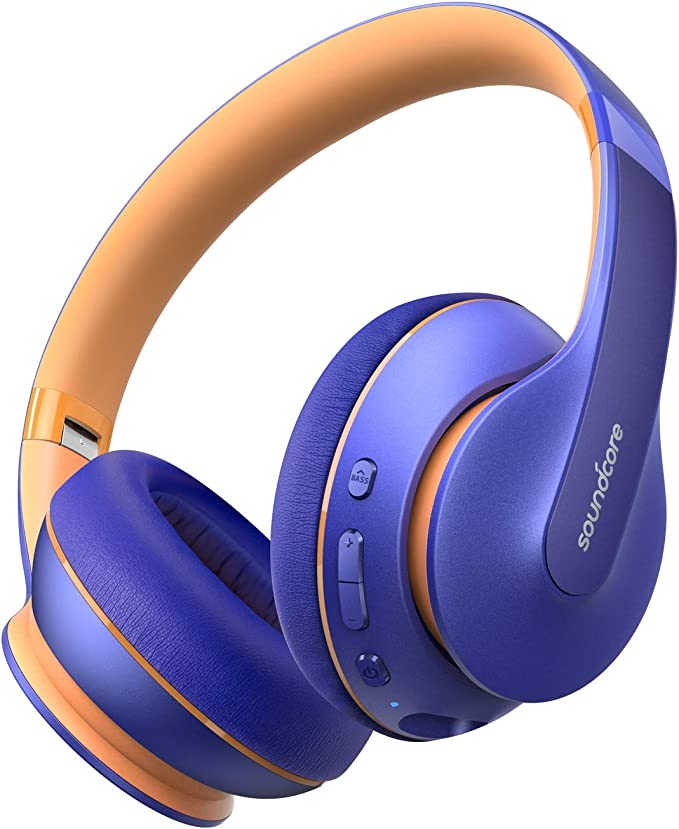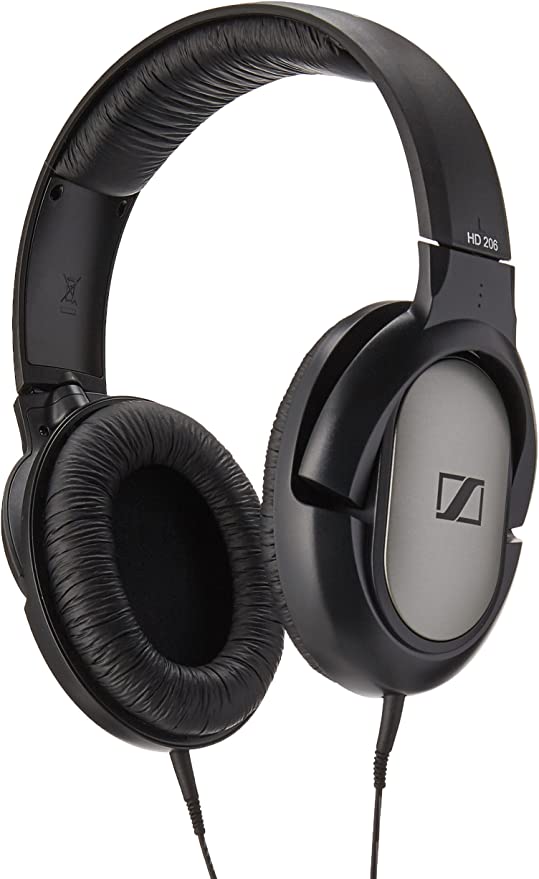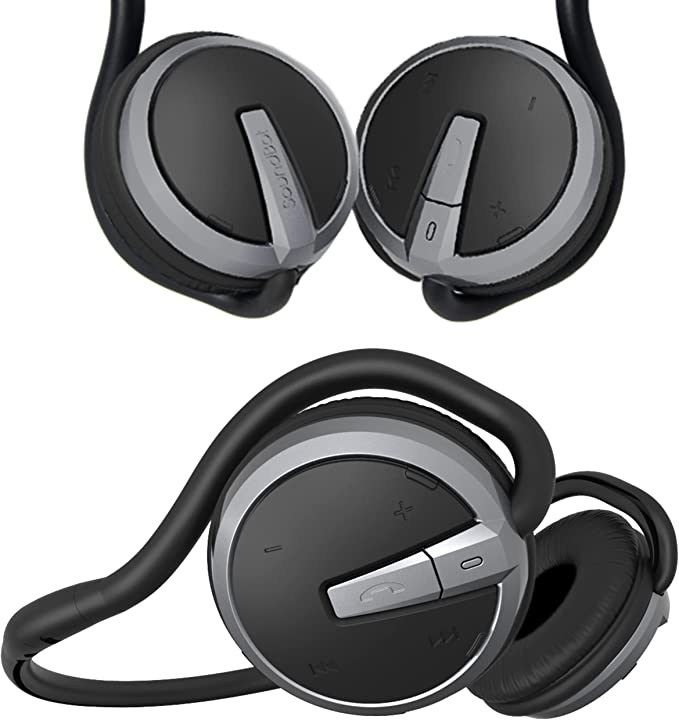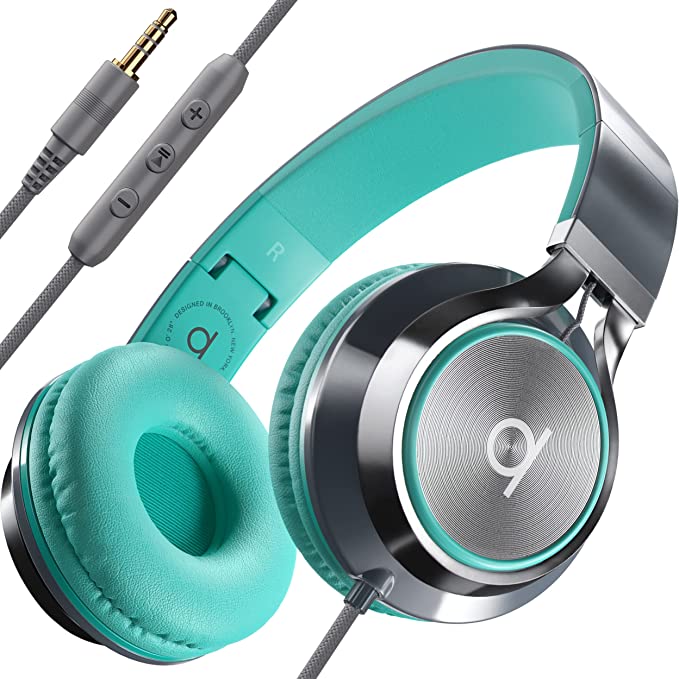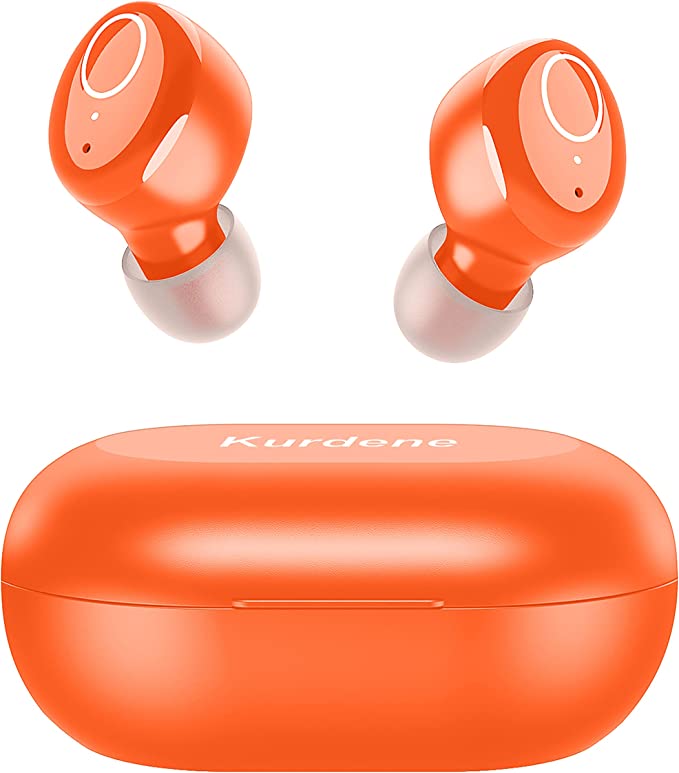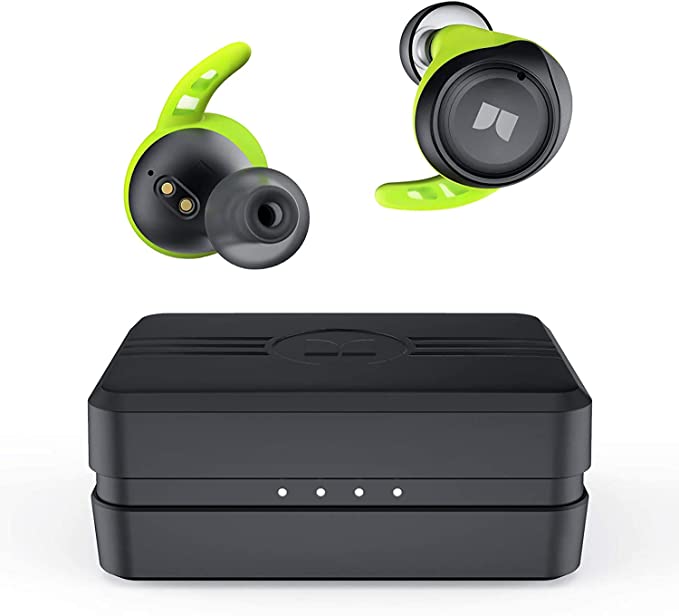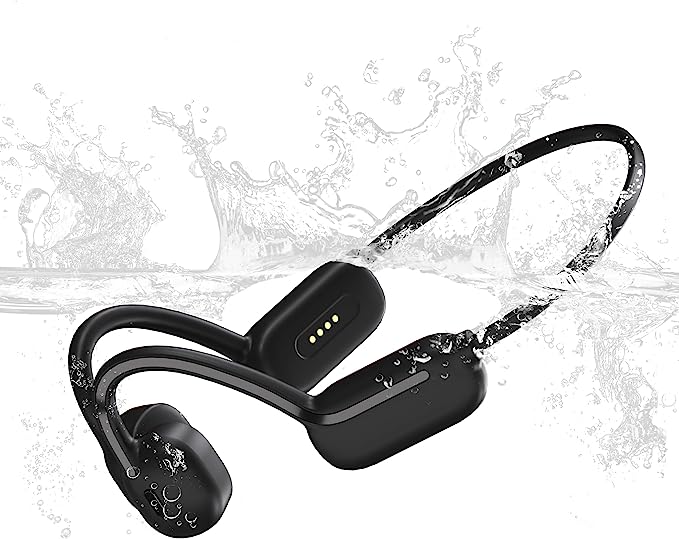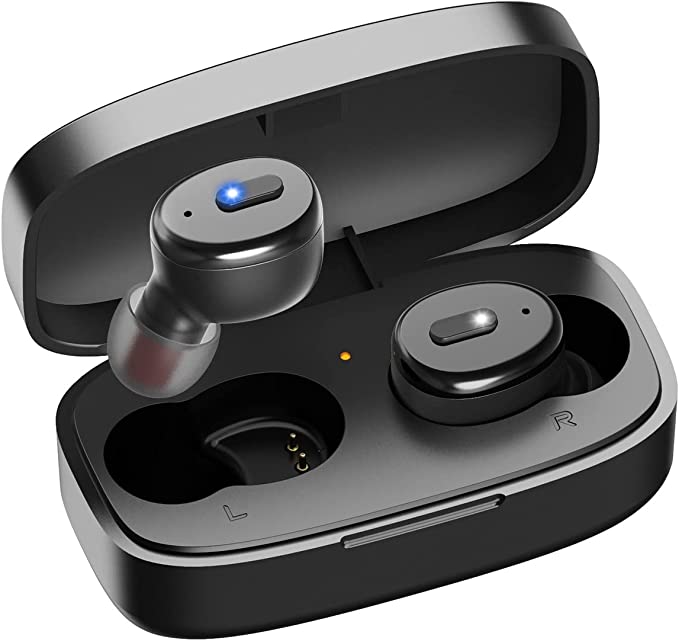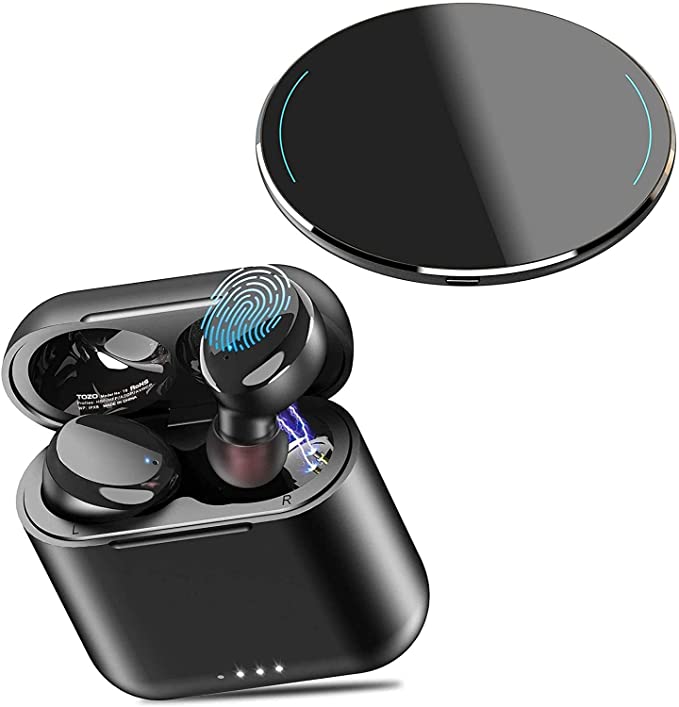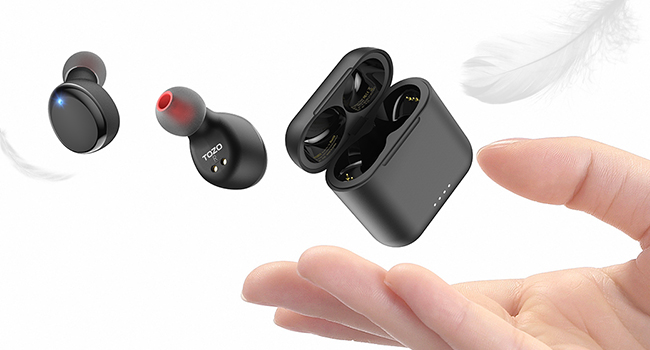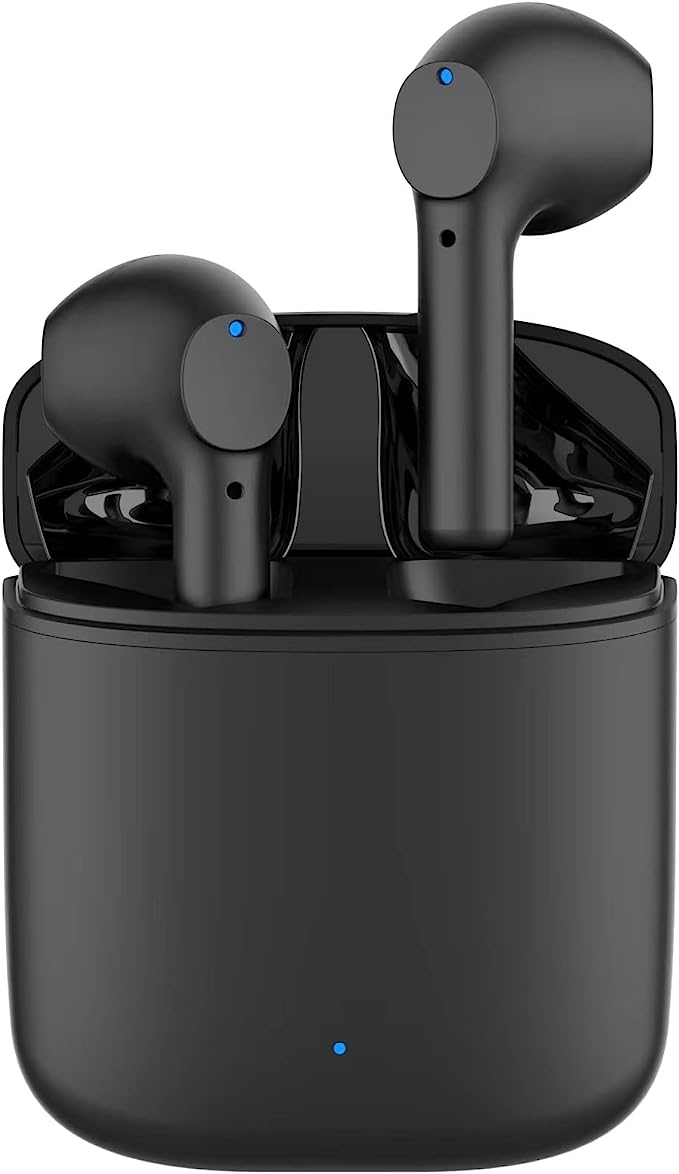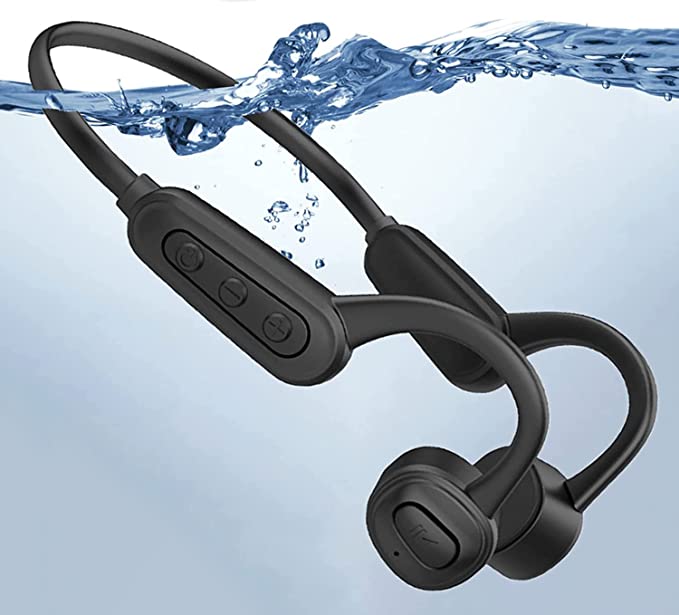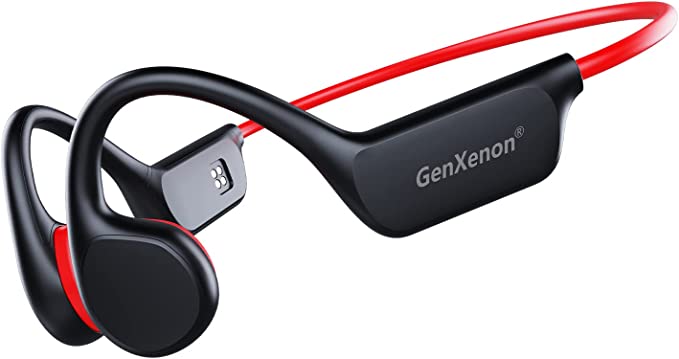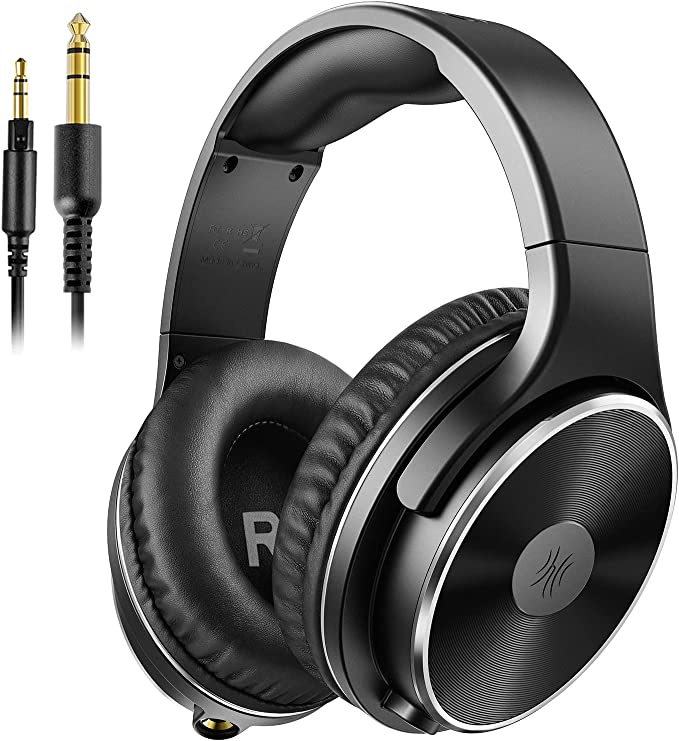The Architecture of Endurance: Analyzing IPX8 and Energy Density in the Tribit FlyBuds 3
Update on Nov. 23, 2025, 6:48 p.m.
In the realm of personal audio, most devices are designed for the commute or the office—controlled, predictable environments. The Tribit FlyBuds 3, however, appear to be engineered for a different reality. With an IPX8 waterproof rating and a massive charging case that doubles as a power bank, this device blurs the line between consumer electronics and survival gear.
To understand the value of the FlyBuds 3, one must look past the audio specs and examine the Structural Engineering and Energy Architecture that allow it to function where other earbuds fail. It is a study in utility over vanity.

Hydrostatic Defense: The Physics of IPX8
Waterproofing is often treated as a binary feature—it is either there or it isn’t. In reality, it is a gradient of pressure resistance. Most “sweatproof” earbuds stop at IPX4 or IPX5, which protects against splashing. The FlyBuds 3 carry an IPX8 rating.
- The Pressure Threshold: IPX8 signifies that the device is hermetically sealed against continuous submersion in water beyond 1 meter. This requires a fundamentally different assembly process.
- Sealing Mechanics: Unlike IPX5 devices that rely on tight seams, IPX8 requires ultrasonic welding or heavy-duty gaskets and hydrophobic nanocoatings on the PCB to resist hydrostatic pressure. Practically, this means the FlyBuds 3 are impervious not just to rain, but to accidental drops in pools, puddles, or sinks. It transforms the earbud from a delicate electronic into a washable tool.

The Energy Micro-Grid: 2600mAh Architecture
The defining feature of the FlyBuds 3 is its charging case. While standard TWS cases hold 300-500mAh, this unit houses a cell estimated at 2600mAh. This is not just a “larger battery”; it is a paradigm shift in energy management.
- 110 Hours of Autonomy: This capacity translates to roughly 110 hours of total playtime. For the user, this eliminates the daily charging ritual. It shifts the device maintenance cycle from “daily” to “monthly,” significantly reducing cognitive load and “range anxiety.”
- Reverse Charging Utility: The inclusion of a USB-A output port transforms the case into an Emergency Power Bank. In a critical situation, it can provide a 20-30% charge to a modern smartphone. This dual-utility makes it an essential component of an Everyday Carry (EDC) kit, justifying its larger physical footprint.

Biomechanical Locking: The Fin System
Stability in TWS earbuds is usually achieved through friction in the ear canal. However, sweat reduces friction. Tribit addresses this with a Mechanical Locking System via silicone ear fins.
- Concha Anchorage: The fins are designed to tuck into the cymba conchae (the upper fold of the ear). This creates a physical interference fit that resists vertical G-forces.
- The Stability Triangle: By contacting the ear canal, the concha, and the anti-helix, the earbud forms a stable triangle of support. This biomechanical engineering ensures that the seal remains intact during vigorous movement, which is critical not just for retention, but for maintaining bass response.

Passive Isolation: The Acoustic Seal
The FlyBuds 3 do not feature Active Noise Cancellation (ANC). Instead, they rely on Passive Noise Isolation. * The Physics of the Seal: By providing 6 sizes of ear tips and 3 sizes of fins, Tribit prioritizes the physical seal. A perfect seal blocks high-frequency noise (like wind or chatter) more effectively than budget ANC. * Battery Efficiency: Passive isolation consumes zero power. This design choice allows all battery resources to be directed towards audio playback and connectivity, contributing to the earbuds’ impressive 7-hour single-charge runtime.

Conclusion: The Utilitarian Choice
The Tribit FlyBuds 3 are unapologetically utilitarian. They trade compactness for capacity and ANC for ruggedization. They are designed for the user who values operational continuity above all else—the runner who runs in the rain, the traveler who forgets to charge their devices, and the pragmatist who wants gear that survives the chaos of real life.

